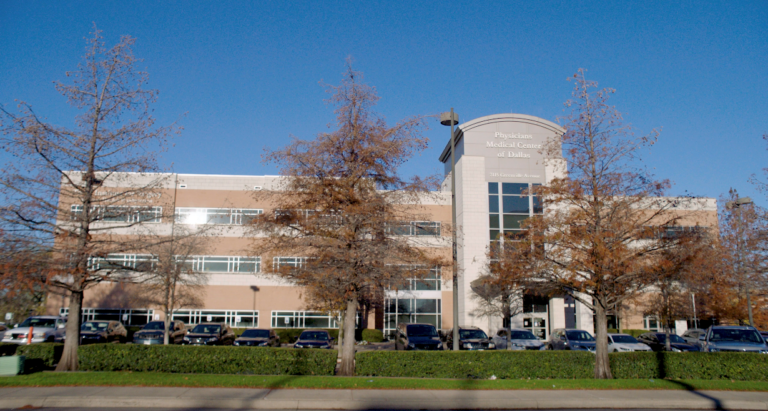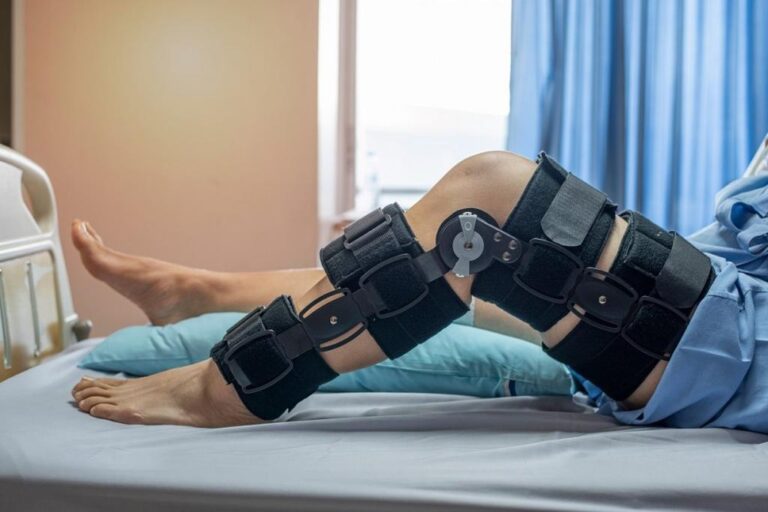Back pain is common among athletes, mainly because your back is involved in lots of different activities, like baseball, football, basketball, bicycling, and swimming. In fact, it’s estimated that 5-10% of sports-related injuries are related in some way to the lower back, one of the most flexible parts of the spine.
Why is back pain is so common? Your back is composed of lots of structures, from muscles, ligaments, and tendons, to bones, discs, and nerves. That means there are lots of components that can be injured, lots of ways to cause those injuries, and lots of different symptoms, too.
At Texas Orthopaedic Associates, our team has extensive experience in diagnosing and treating back pain in athletes of all levels. We have offices in Dallas, Plano, Keller, Weatherford, and Fort Worth, Texas.
In addition to more traditional approaches to pain, our patients have access to our custom sports training therapy program, designed with the needs of athletes in mind.
Back pain: When to see the doctor
Like other sports injuries, back pain can range in severity from mild to severe. Most of us know that severe back pain needs immediate medical attention. But what about mild to moderate discomfort? Is it safe to take a “wait and see” approach to your pain? No — and here’s why.
The problem with back pain is that even though it may seem mild and tolerable now, it can quickly grow worse, leading to additional disability and a more prolonged course of treatment. Having any type of back pain evaluated early is the key to staying comfortable and active.
Specifically, it’s important to schedule an office visit if your back pain:
- Is accompanied by numbness
- Interferes with your mobility
- Affects your balance
- Is growing worse over time
- Interferes with sleep
- Radiates into your legs or arms
- Follows a car accident or fall
- Causes changes in your bowel or bladder habits
- Doesn’t go away within a few weeks
Sometimes, pain in your back can be caused by a problem in another area of your body. For instance, a rotator cuff injury, a problem with your knees or hips, or even an issue with your feet and ankles can wind up putting extra stain on your back, leading to muscle pain, disc problems, and other symptoms.
Before prescribing treatment, our team performs a comprehensive exam, along with diagnostic imaging and lab tests when needed, to identify the cause of your back pain.
Treating back pain in athletes
Some mild back pain may be relieved simply with a little rest, ice and heat therapy, special stretching exercises, and some TLC. In those instances, our team helps you learn how to stay active safely while your back injury heals.
When your injury or symptoms are more severe, our team typically prescribes additional treatments, like:
- Medication to soothe pain and inflammation
- Injections to relieve inflammation
- Physical therapy
- Sports therapy
Both physical therapy and sports therapy focus on relieving your symptoms, treating the underlying cause, and helping you get back to the activity you love. Plus, they can teach you new skills that can actually help prevent injuries in the future.
As leaders in sports medicine, our team tailors every treatment plan to the individual athlete, so you can feel confident your care will be focused on your goals. Regular check-ins and follow-up visits ensure your treatment stays on track as you heal.
Find relief for your back pain
Don’t let a back injury lead to more serious medical problems down the road. Having a medical evaluation early is one of the smartest things you can do to feel better and prevent your injury from getting worse. If you have back pain related to your sport or any other activity, book an appointment online or over the phone at Texas Orthopaedic Associates today.













